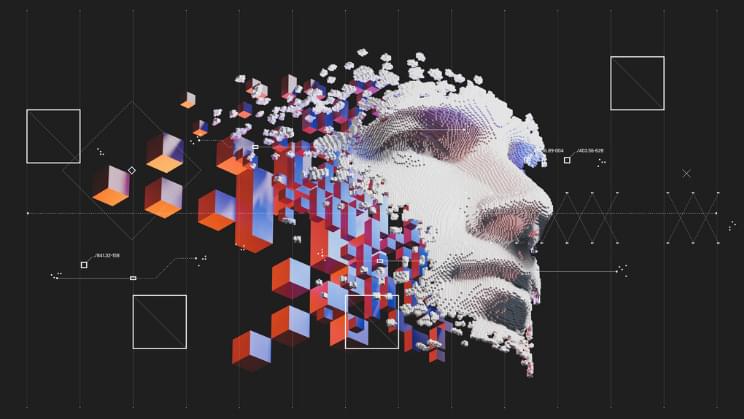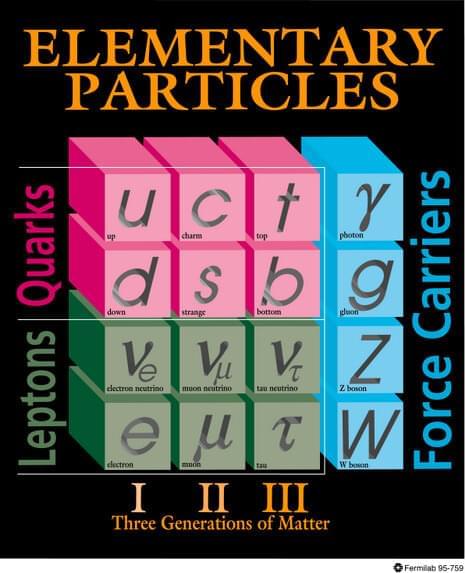Dec 18, 2021
Siemens Healthineers and Varian present AI ecosystem for cancer care at ASTRO 2021
Posted by Genevieve Klien in categories: biotech/medical, robotics/AI
In this short video, filmed at ASTRO 2021, Siemens Healthineers’ Gabriel Haras introduces the company’s portfolio of artificial intelligence (AI)-based products. Such technologies support the entire care pathway for cancer patients, from screening and diagnostics to treatment and follow-up, including innovations such as AI-based autocontouring and generation of synthetic CT from an MRI scan for radiotherapy planning.
Next, Varian’s Kevin O’Reilly comments on the combining of Varian and Siemens Healthineers into one united company. He notes that the integration of AI capabilities has increased Varian’s ability to innovate, and will help accelerate its intelligent cancer care strategy: accelerating the path to treatment, increasing global access to care, exploiting data-driven insight and improving personalization.


















